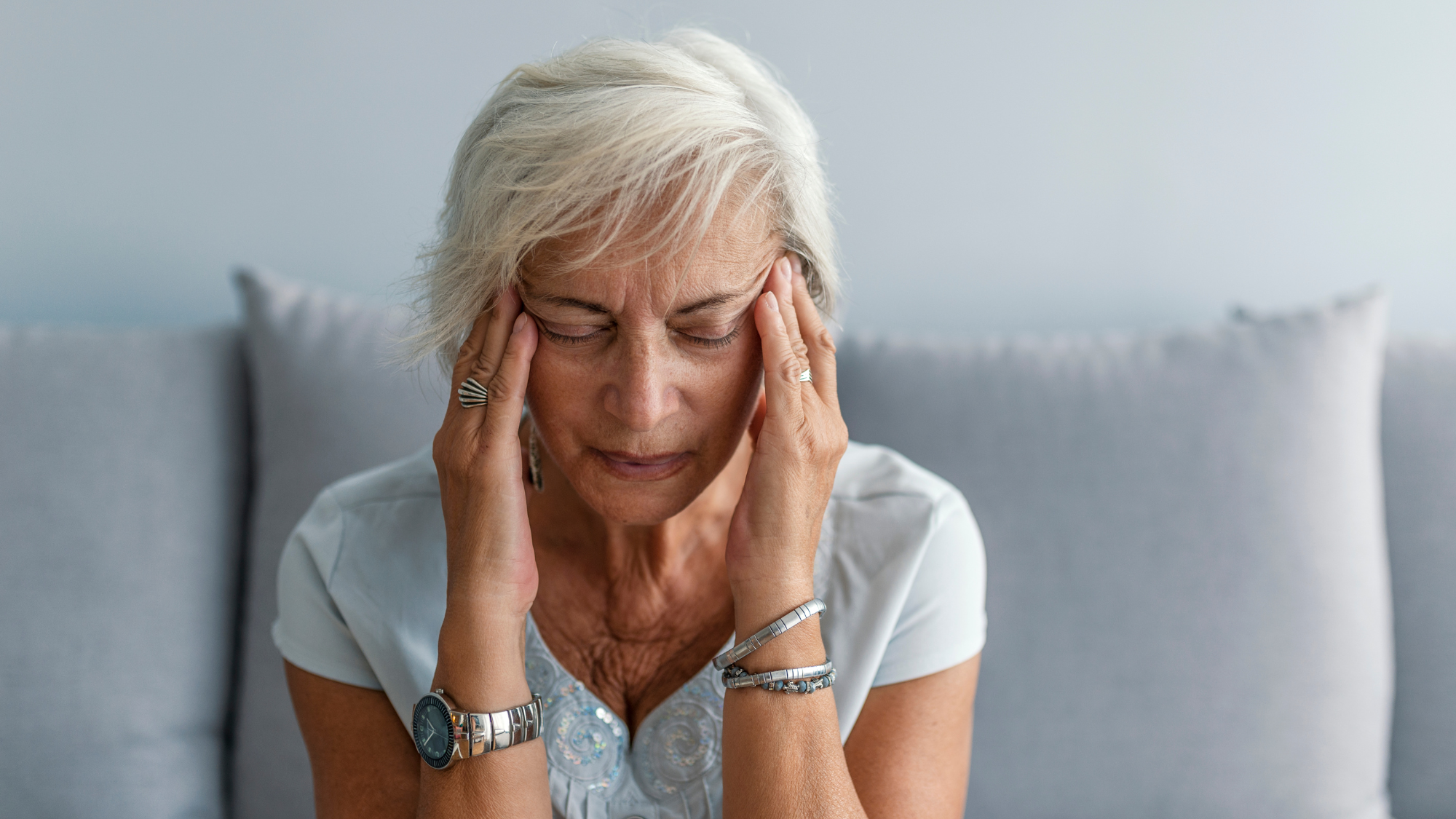
What are migraines and what are the symptoms?
Migraines can be painful and disruptive to daily life. In fact, 12% of the American population or about 36 million people suffer with debilitating migraine headaches. Break it down even further that translates to about 1 in 4 households, loss of work and hundreds of dollars for medical care and prescriptions.
The most common symptoms are throbbing headaches usually on one side of the head but not limited to one side, sensitivity to light or sound; nausea/vomiting and possibly diarrhea. This type of headache can last hours or up to days! Sometimes the pain of a migraine can be so severe it requires and ER visit for pain and nausea meds.
Migraines can occur at any stage of life and can be triggered by stress, menopause, foods and additives, sleep disruptions, alcohol, excessive computer use, loud noises and bright lights.
Migraines have 4 stages of symptoms:
- Prodrome: this can start 1-2 days before the migraine actually starts and can present with increased yawning, increased thirst and urination, stiffness in the neck, food cravings, rapid mood changes & constipation
- Aura: this can occur before or during the headache and can include visual changes like seeing flashing lights, shapes or bright spots, loss of vision, trouble speaking, weakness or numbness in the face or on one side of the body, pins & needles in the arms or legs, hearing music or other noises
- Headache phase: throbbing or pulsing pain usually on one side of the head but can be both, nausea & vomiting, blurred vision, feeling light headed or fainting, extreme sensitivity to light, sounds, smell or touch
- Postdrome: this occurs 24 hours after the migraine and you may still experience sensitivity to light and sound, fatigue, moodiness, dizziness and confusion

What is the pathophysiology of a migraine?
The actual mechanism of action is not completely known but the theory is that in the prodrome phase there is constriction of the blood vessels within the brain vasculature and dilation of the arteries in the skull that cause the head pain. When there is constriction or dilation of vessels, neurotransmitters can be affected like serotonin and dopamine. There is also an inflammatory component that involves neuropeptides ( chemical messengers made up of small chains of amino acids) and these trigger the release of kinins (a class of peptides) that actually cause inflammation and dilation of vessels. When the vessels dilate - that applies pressure to the tiny nerve endings found in the brain and other skull structures which contributes to the symptoms of migraine.
So basically, to put it simply when a migraine occurs there is engorgement of the vessels in the brain and skull that results in the throbbing sensation of a migraine. One class of medications focuses on the dilation of vessels by causing constriction to release pressure on the sensitive structures that are involved.
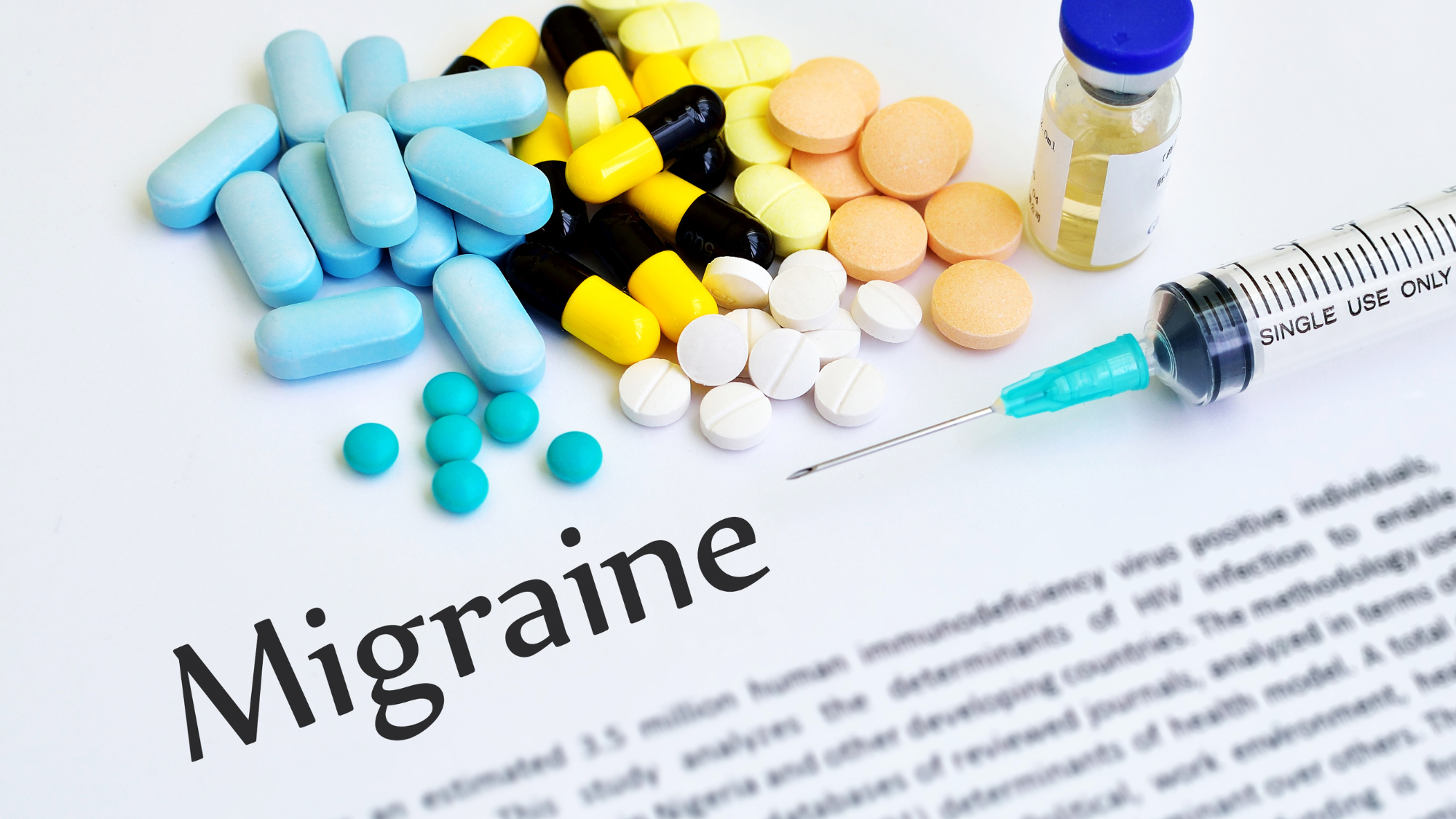
What are conventional treatments for migraines?
Initially, avoiding triggers, getting some rest in a dark room, applying cold to the forehead, scalp and neck.
The main pharmaceutical for aborting a migraine is in the class of medications called triptans. These medications activate vascular serotonin 5-HT1. In other words, because serotonin is a major player in migraine HA, these meds effect serotonin in an effort to stop the symptoms. You can’t take more than 2 pills or sprays or injections in 24 hours and no more than 2-3 times per week because it can lead to rebound headaches.
Another common medication class is the NSAIDs but again using too many can result in rebound headache symptoms
Caffeine is another tool for managing acute headaches
For prophylaxis or to attempt to prevent the headache in the first place, medications like propranolol or topiramate are prescribed but like with other pharmaceuticals can have a host of side effects.
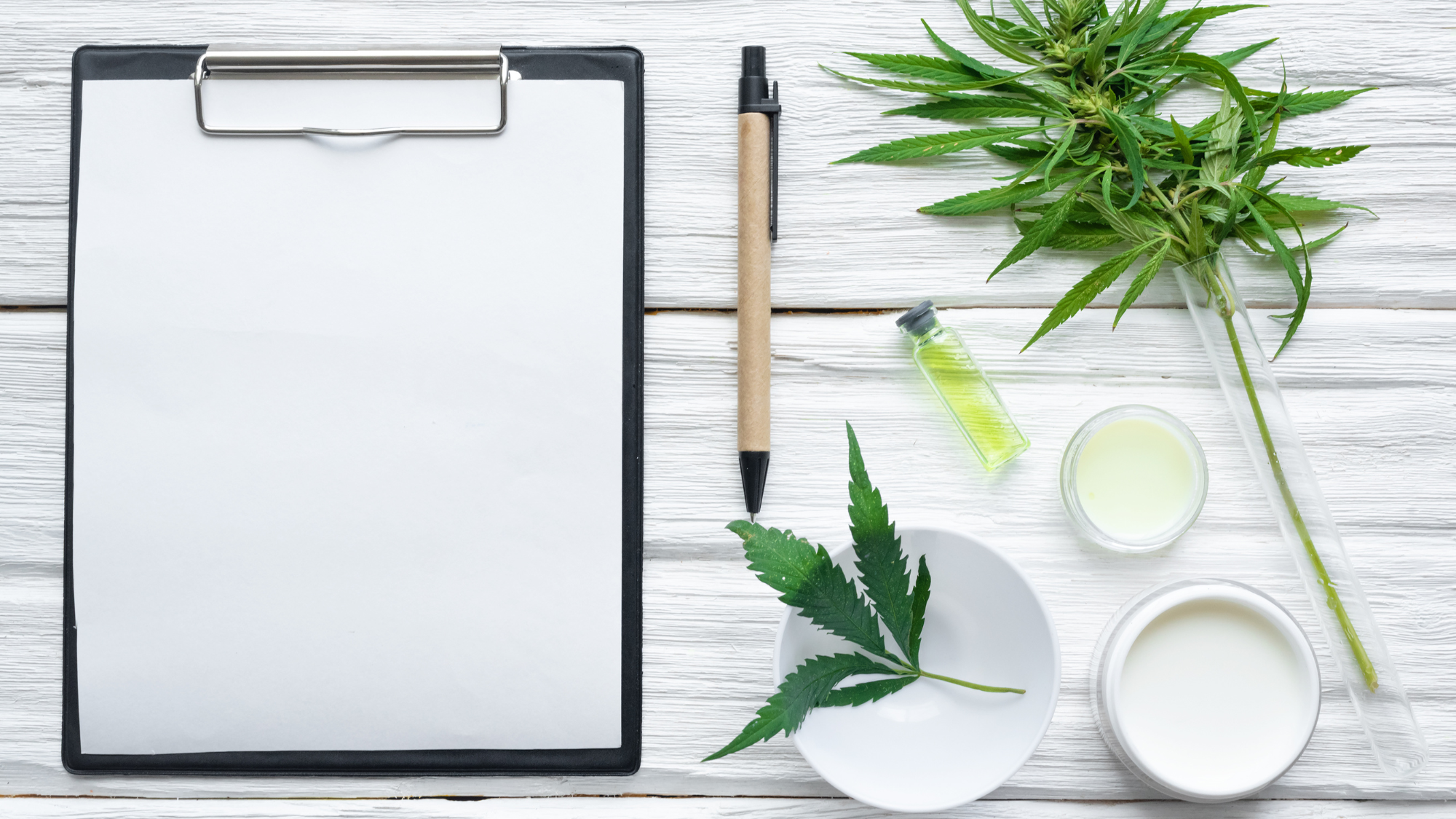
How does cannabis fit into the management of migraines?
Just to review that during the phases of migraines there is dilation of vessels and constriction of vessels and releasing of inflammatory cells that all end up as a migraine. Where does cannabis fit in to managing these symptoms?
First let’s discuss what part the ECS plays in the setting of migraines. There is a theory that people who are endocannabinoid deficient are more likely to experience migraines. A report in Neurophyschopharmacology no 6 2007 reported that pt who suffered migraines actually have reduced levels of anandamide (one of our endocannabinoids) in CSF indicating that in pt who are endocannabinoid deficient are more likely to suffer from chronic migraines. European Journal of Clinical Pharmacology 2008 it was reported the endocannabinoid levels were decreased in patients with chronic migraines and in people who over use their migraines meds indicating dysfunction of the ECS. In Pharmacotherapy 2016 it was found that of 121 pt the were approved for medical cannabis there was a decrease in frequency of monthly HA from 10.4 to 4.6 with 39.7% reporting positive effects
If you were to use cannabis for a migraine, what relief would you expect to experience? Relief of nausea, vomiting, better sleep and pain relief due to the CB1 receptors in the brain that are activated when CBD or THC are taken
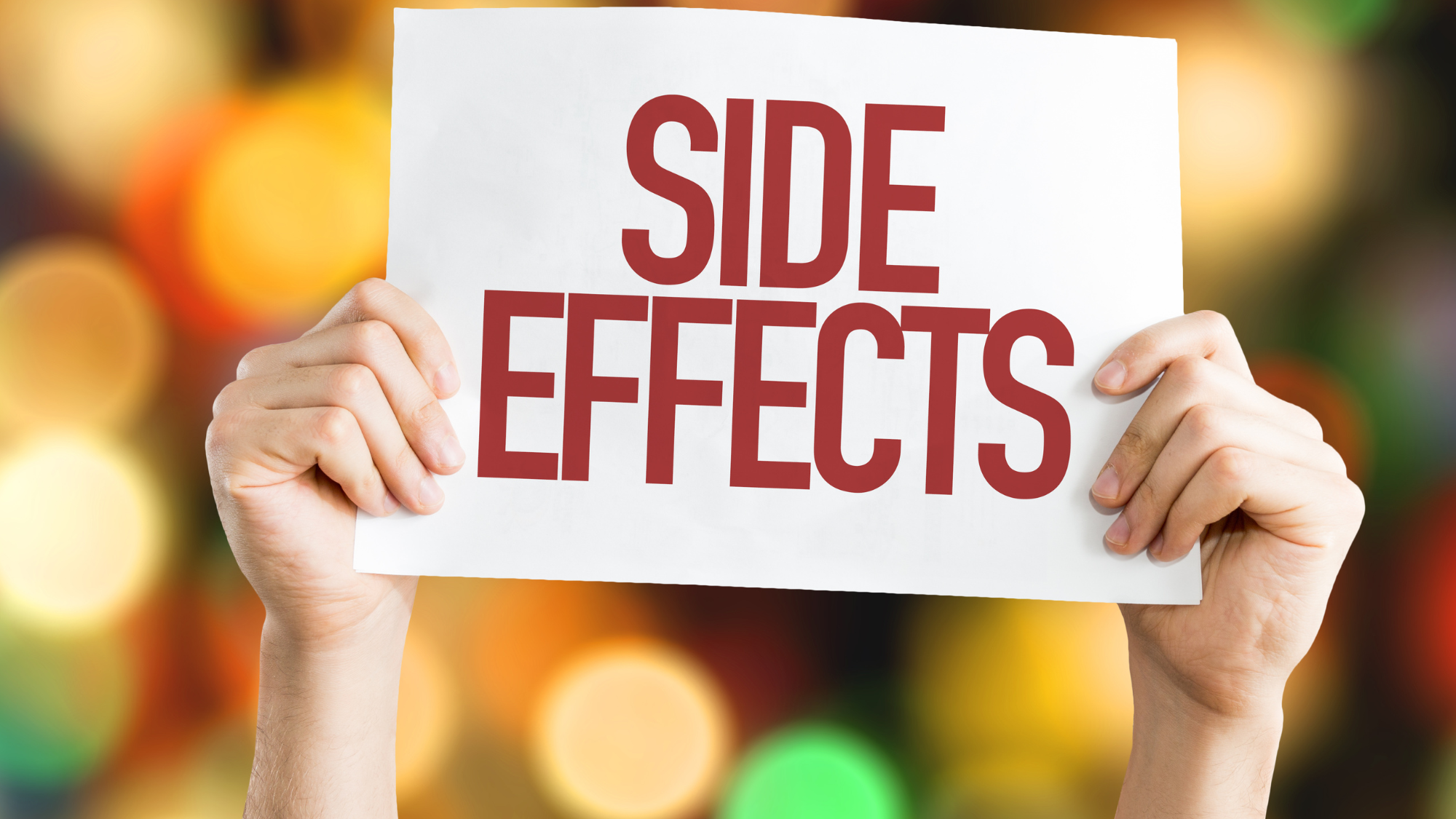
What are the side effects of using cannabis for migraines?
If you use too much, you may experience adverse outcomes such as paranoia, anxiety, dry mouth, difficulty concentrating or remembering things. Using the correct amount, you may still have dry mouth and concentration and memory issues that are short term but you shouldn’t experience the anxiety or paranoia. Some people may not get relief at all, so that is something to keep in mind.
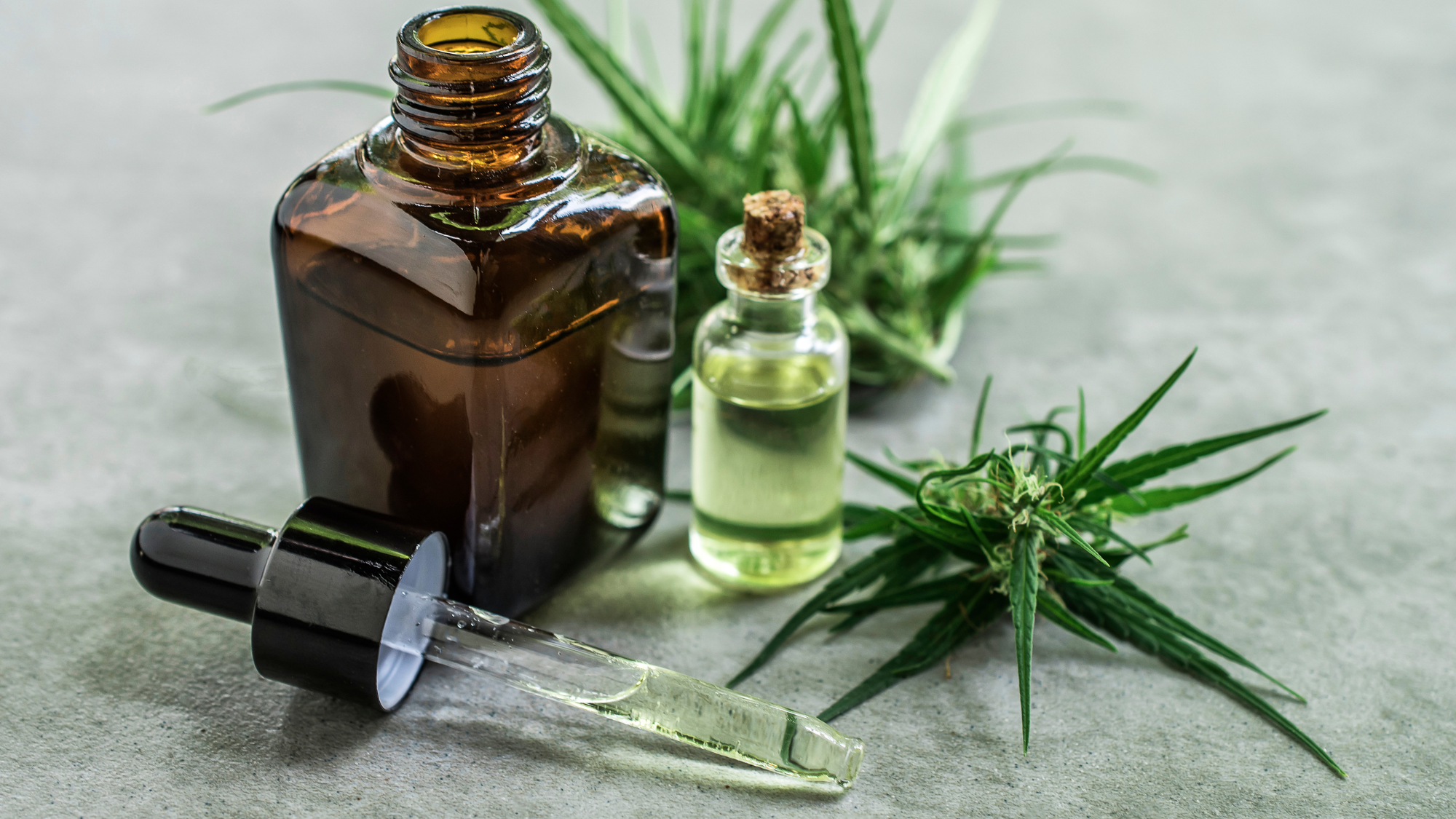
How should cannabis be used to treat migraines - smoked, eaten, or in oil form?
The quickest most effective method is a sublingual form like a tincture or oil. That is absorbed quickly which results in faster relief.
There are different approaches to managing the migraine:
- use a sublingual CBD or THC or combination at the onset of the symptoms
- some people report using daily doses of low dose THC has reduced the frequency of migraines
- you could try daily CBD rich cannabis to help with prevention
- always start low and go slow
- track your response to your dosing as well - having a good tracking system that documents what you used and how much, time of day, timing of the HA, etc.
Which terpenes and chemovars of cannabis work for treating migraines?
Chemovars higher in beta-caryophyllene and myrcene are therapeutic for addressing migraine symptoms. Grape Ape, Granddaddy Purple, Blue Dream are higher in myrcene and Girl Scout Cookies, Gorilla Glue #4 and Kush chemovars are higher in beta-caryophyllene.
If you live with migraines and want help using CBD or THC to help manage them, I can support you with one of my coaching options. No big deal if you want to try on your own though!

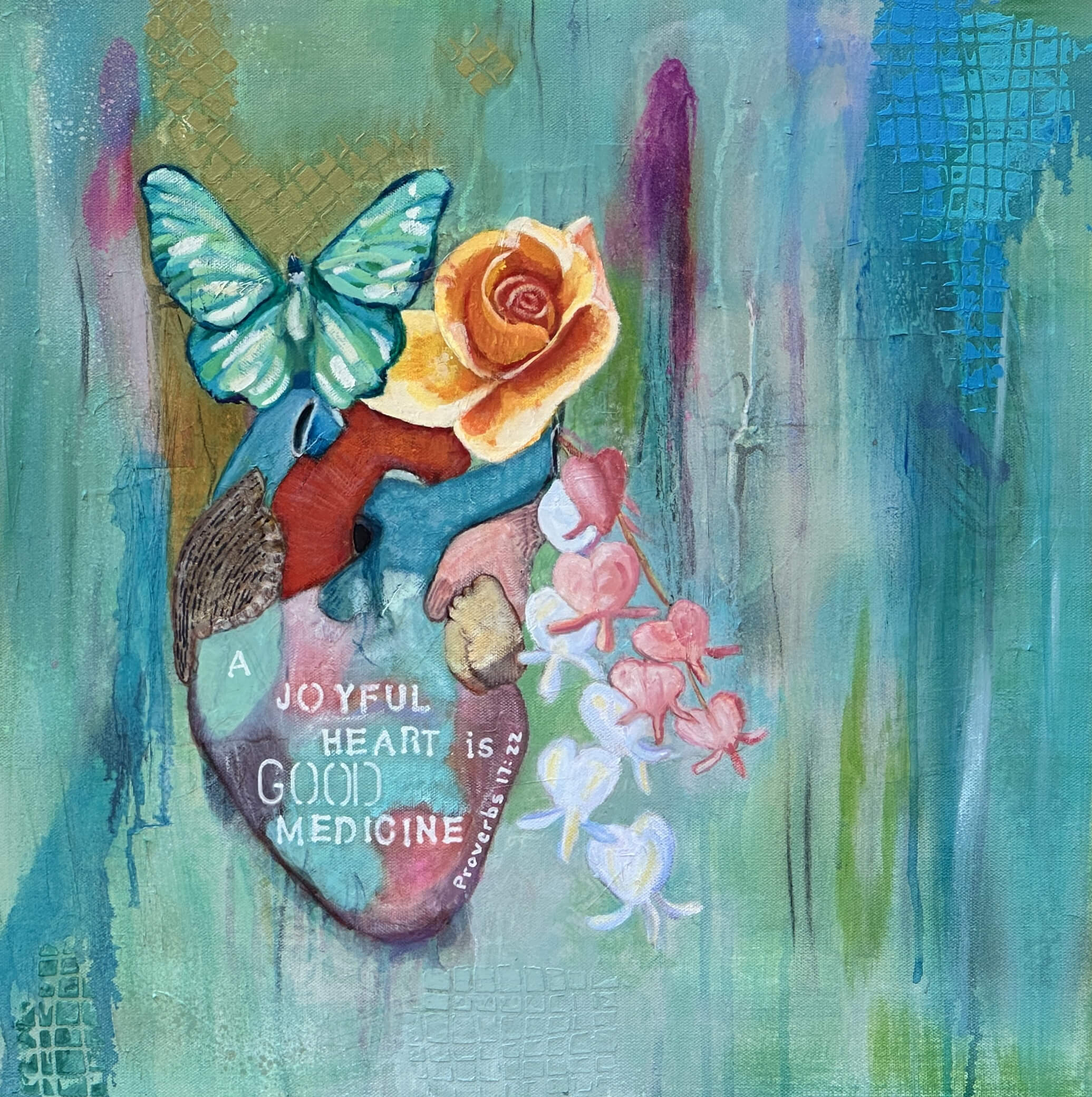





0 Comments